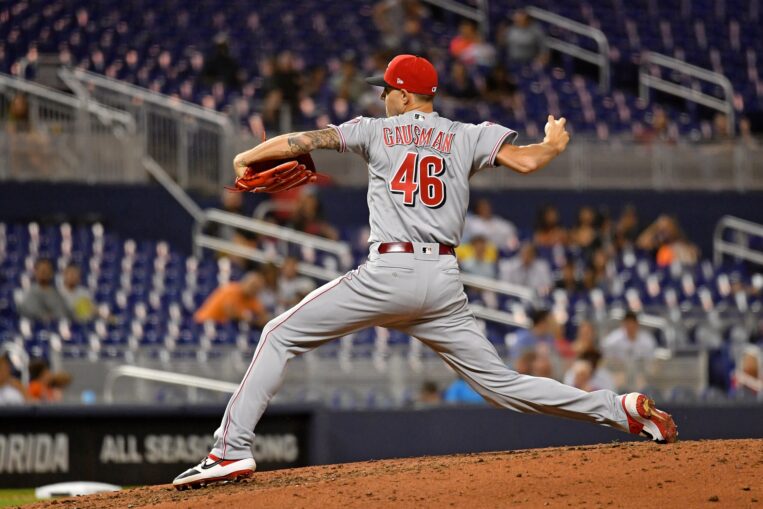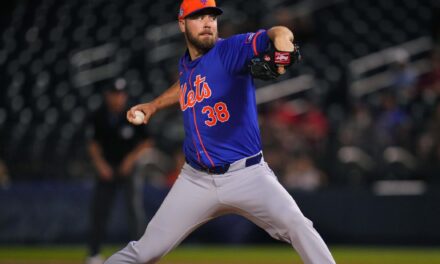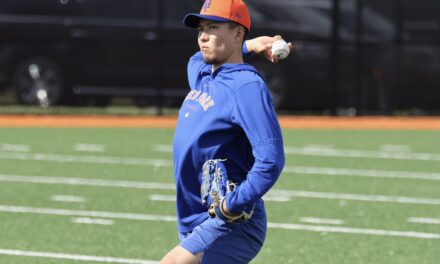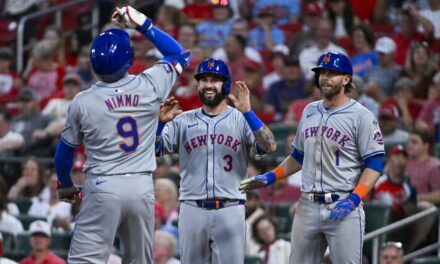Kevin Gausman, Starting Pitcher
Bats/Throws: Left/Right
Age: 29 (Jan. 6, 1991)
Traditional Stats: 12 G| 10 GS| 4 QS| 59.2 IP| 3.62 ERA| 1.11 WHIP| 79 K| 16 BB| 8 HR| 11.9 K/9| 2.4 BB/9| 1.2 HR/9
Advanced Stats: 41.9% GB| 15.1% HR/FB| 3.09 FIP| 3.06 xFIP| 3.24 SIERA| 118 ERA+| 1.5 fWAR/1.3 bWAR
Statcast Percentiles: 55th exit velocity| 51st hard-hit| 46th barrel| 60th xBA| 73rd xwOBA| 57th xSLG| 73rd xERA| 88th K%| 84th Whiff%| 81st fastball velocity| 57th fastball spin
Rundown
Despite the original fanfare around his fourth-overall selection in the 2012 draft, Kevin Gausman has been a middle-of-the-road starter for the majority of his career.
His body of work with the Baltimore Orioles and perhaps even more so his struggles between the O’s and two other organizations the prior year-and-a-half make it relatively easy to write off these numbers amidst a pandemic-shortened campaign.
Perhaps there’s a legitimate explanation for his success with the San Francisco Giants, however, and to take it a step further, maybe Farhan Zaidi, their president in baseball operations, knew what he was doing when he made Gausman a $9 million deal ahead of the 2020 season.
For those who regularly fell asleep before 10 o’clock this summer, Gausman’s 2.96 xFIP as a starter made for the 8th-best in baseball (minimum 50 IP) – finishing ahead of such names as Clayton Kershaw, Blake Snell, Trevor Bauer, and Gerrit Cole.
His 12.4 K/9 as a starter ranked fourth in the majors, and his 15.7% swing-and-miss rate ranked fifth.
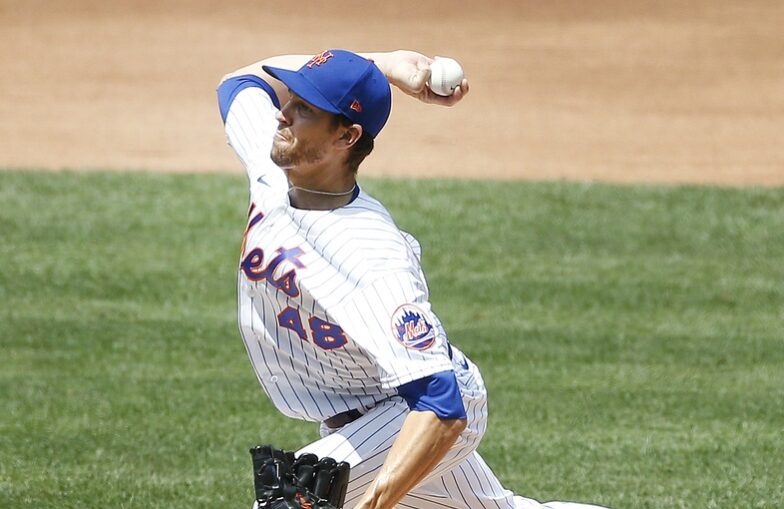
His contact rate on pitches outside the zone (47.2%) finished for third-lowest behind Shane Bieber and Jacob deGrom.
2020 marked the first time since 2016 that Gausman posted a positive pitch value on his fastball, and his 9.1 runs above average with his splitter nearly double that of his next-best season.
He also saw a 1.2 mph increase in his fastball from 2019 – his highest year-to-year velocity improvement and his first of more than 0.1 since 2015 (stats courtesy of Pitch Info).
Both the refinement and repeated use of his splitter (just a nine-percent margin of difference in usage from his fastball in 2020) speak to Gausman’s bounce-back from what, on the surface, made for his least valuable season in 2019: a 6.19 ERA in 16 starts with the Atlanta Braves followed by a waiver claim and 14 appearances out of the bullpen in 15 games for the Cincinnati Reds.
If we investigate enough, however, we can see that some of his 2020 results had already been in the making.
Peripherally, at least, Gausman wasn’t nearly as bad as advertised as a starter in 2019.
His whiff percentage had climbed to the 80th percentile from 48th the prior year, and his walk (2.8 per nine innings from 2.5) and homer (1.3 flat) rates were nearly identical.
He simply could not shut the valve once runners reached base, as his 59.3% LOB mark in Atlanta – a 17.5% drop from his 2018 totals – confirmed.
Upon his arrival in Cincinnati, he retooled his splitter as his go-to off speed, adding vertical depth (0.9 inches drop above average) and immediately yielding a 1.4 out-above-average increase in just 22 innings, which in turn explains the overall 6.2 percent increase in whiff-rate and 10.5 percent increase in chase-rate.
His job working relief for the Reds helped him return to stranding men on base, as he put up a much more standard 70.2% LOB clip, but the improvements in SIERA (4.42 in Atlanta to 2.89 in Cincinnati) and xFIP (4.49 to 2.49) in a hitters’ park made him a prime target for teams in search of a free-agent starter.
Zaidi evidently had to compete with other execs before coming up with a $9-million ticket.
As long as Gausman continued the sequencing between a nearly unhittable changeup and a fastball that had returned to the 95-97 mph range, the Giants expected a winner. He did just that, and they got their winner in the process.
Contract
In terms of career trajectory, Kevin’s breakout in 2020 has more parallels to Trevor Bauer‘s than you might believe.
What ultimately affects the case of the former more so than the latter are both raw results in ERA, wins above replacement and the disparities in floor between the two.
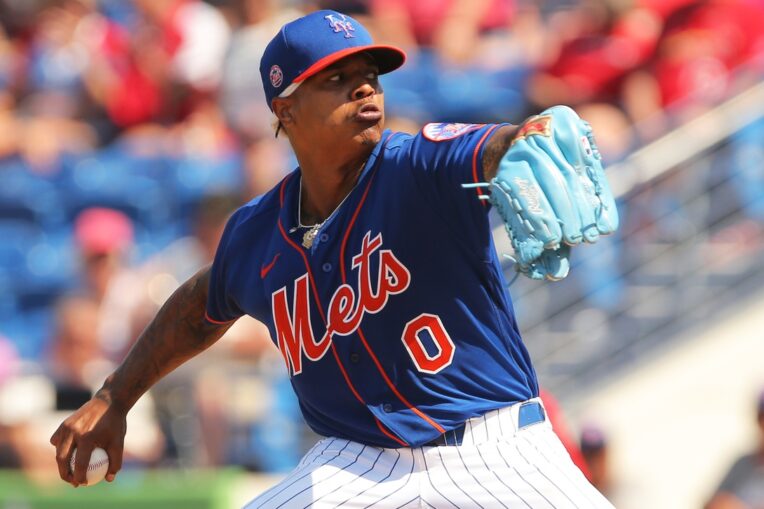
While Bauer, Marcus Stroman, and James Paxton have never pitched themselves out of a rotation on a competitive team, Gausman has, and recently, at that.
With that in mind, he still has yet to eclipse 30 years of age, and is, at the lowest value you could give him, the cream of the crop among second-tier starters.
Gausman is a client of the Legacy Agency, which netted now-impending free agent Justin Turner his last deal (four years, $64 million) with Los Angeles following the 2016 season.
Legacy also represents Marcus Stroman.
Expect Gausman to net at least three years, potentially four if Bauer leaves the pool early.
The dropoff after him includes Jake Odorizzi, Masahiro Tanaka, and Robbie Ray, all of whom have had similar degrees of success, but none as recently.
Given the quick $18 million AAV a contact-first arm like Dallas Keuchel received after Stephen Strasburg, Gerrit Cole, Zack Wheeler, and Hyun Jin Ryu had all signed elsewhere, it’s not out of the picture that Gausman would receive something in the $17-21 million range if the market moves quickly enough.
Recommendation
The Mets desperately need reinforcement in their starting rotation ahead of 2021, perhaps most so than at any other position.
With Noah Syndergaard unlikely to return to action until the early summer and the gap between Jacob deGrom and David Peterson both extremely wide and hollow, a top-tier arm is a must.
Bauer’s position at the top of his class makes him the prime target, but if the organization is more interested in adding two for the price of one, at least one such pitcher has to be as formidable as Kevin Gausman, if not more so.
It took a good year or two for Gausman, once considered a future ace with the Orioles, to even secure a place in their rotation.
It took two more organizations for him to find a pitch mix that could consistently retire hitters.
Small sample be damned: 2020 was the first season everything fell into place for the right-hander.
He’s young, he’s healthy, he’s looking to cash out, but above all else, he’s finally good, and he’s continuing to improve.
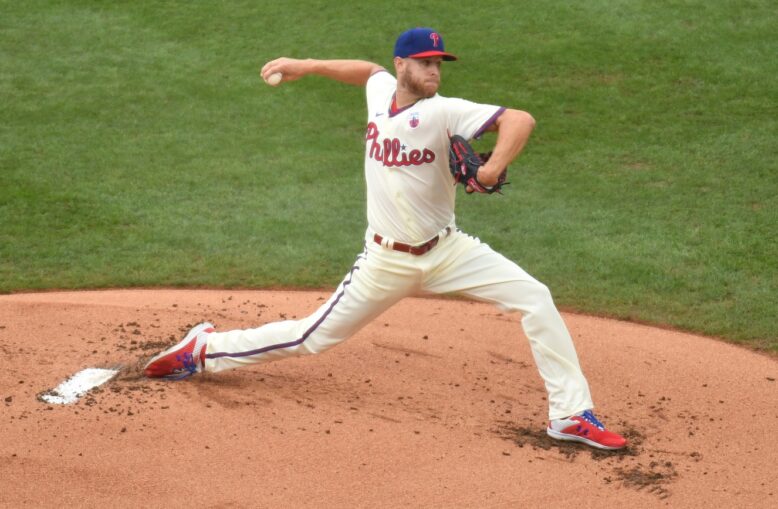
The Mets passed the buck on one of their own just last year when they figured Zack Wheeler would come back down to earth with Philadelphia and assumed his contribution couldn’t be worth an annual $25 million investment.
It cost them horribly and has only further affected their blueprint heading into this offseason.
They cannot afford to undersell a good pitcher again under any such circumstances. Kevin Gausman is a particularly good pitcher, and the Mets should call his agent.


